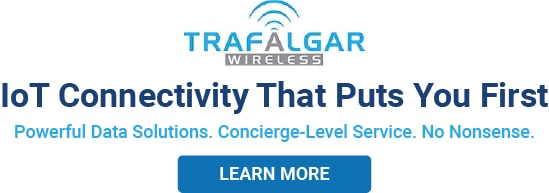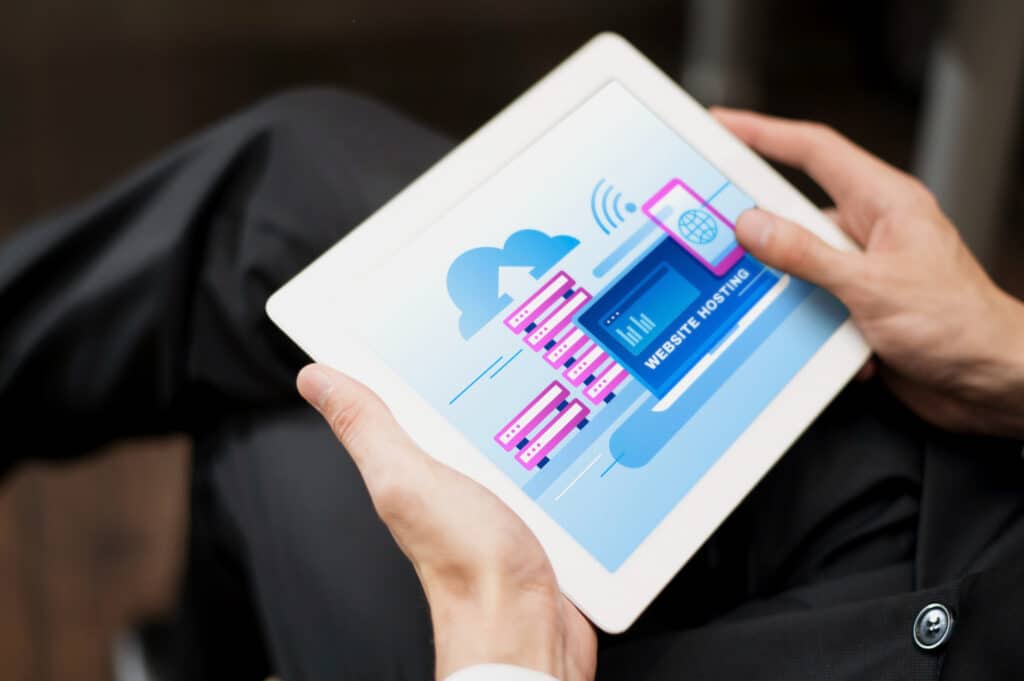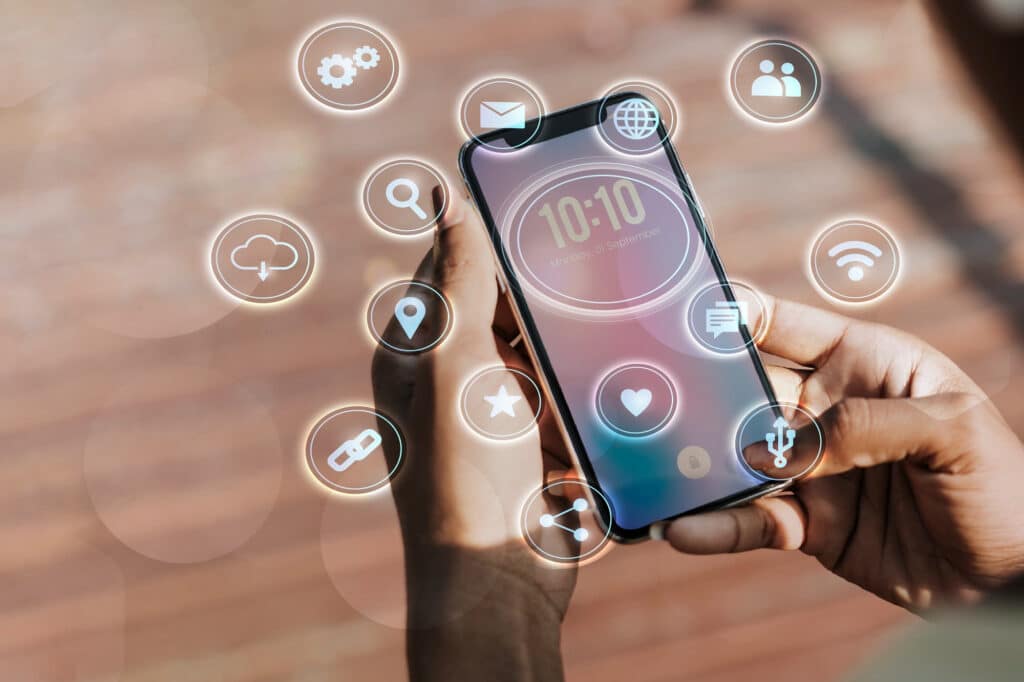Imagine walking into a store and having the lights subtly adjust to your preferences, the music shifting to match your taste, and a digital display recommending products based on your recent browsing history—without you saying a word. This isn’t a futuristic fantasy. It’s the present-day potential of marketing powered by the Internet of Things (IoT).
In an age where personalization is no longer a luxury but an expectation, IoT has emerged as one of the most powerful tools in the marketer’s arsenal. By turning everyday objects into data-collecting devices, IoT enables brands to understand their customers in ways that were once impossible.
What Is IoT Marketing?
At its core, IoT marketing involves using data collected from connected devices—like wearables, smart home products, vehicles, and industrial sensors—to craft hyper-personalized experiences. These devices gather real-time behavioral, contextual, and environmental data that, when processed and analyzed, help brands deliver the right message, to the right person, at exactly the right time.
This isn’t just about advertising. It’s about creating seamless, relevant interactions across a customer’s entire journey.
The Demand for Personalization
Today’s consumers demand relevance. According to a 2021 McKinsey report, 71% of consumers expect personalized interactions, and 76% get frustrated when they don’t receive them. The rise of IoT is meeting this demand by closing the gap between data collection and meaningful action.
Marketing personalization used to rely on demographic segmentation and purchase history. But that data only provides part of the story. IoT data adds depth, providing context like time of day, location, mood (via biometric sensors), activity level, and even product usage.
Real-World Examples of IoT in Personalized Marketing
1. Smart Homes and Appliances
Brands like LG and Samsung use connected appliances to gather usage patterns. If a refrigerator notices you’re running low on milk, it might trigger a grocery delivery suggestion through your favorite app. Over time, these devices learn household routines and preferences, allowing for marketing campaigns that are not only helpful but predictive.
2. Wearables and Fitness Devices
Smartwatches and fitness trackers collect health and activity data. A sportswear brand could use this data to recommend gear for cold-weather workouts or send personalized motivational content on low-activity days. The marketing feels less like a pitch and more like support.
3. Automotive Personalization
Modern cars are IoT devices on wheels. They track driving habits, routes, and vehicle usage. Automotive brands can offer real-time maintenance alerts, suggest services based on location, or upsell add-ons based on how the car is driven. Insurance companies, too, offer usage-based discounts based on driver behavior.
4. Retail and In-Store Beacons
Physical retail is undergoing a tech-driven renaissance. Stores equipped with beacons and RFID sensors detect customers’ smartphones as they enter, delivering tailored promotions or guiding them to products they might like. Brands like Macy’s and Target have tested beacon-driven experiences to great success.
5. Connected Health Devices
Pharma and health tech companies use IoT to monitor treatment adherence. When a patient misses a dose, they might receive a nudge via text. If a pattern emerges, personalized educational content or virtual support could be offered.

How IoT Data Powers Marketing Personalization
To turn raw data into marketing gold, brands need a strategic framework. Here’s how it works:
- Data Collection: IoT sensors gather real-time behavioral, environmental, and biometric data.
- Data Processing: Edge computing or cloud-based platforms clean, structure, and analyze the data.
- Customer Profiling: AI/ML models segment users into dynamic personas based on actions and context.
- Personalization Engine: Marketing platforms trigger messages, content, or offers tailored to each user.
- Feedback Loop: Each interaction feeds new data back into the system to improve future experiences.
This cycle allows marketers to not just personalize—but to anticipate.
Benefits of IoT-Driven Marketing Personalization
- Real-Time Engagement: React instantly to user behavior or context changes.
- Increased Loyalty: Personalized experiences foster emotional connections.
- Better Attribution: Precise data improves understanding of what drives conversion.
- Higher ROI: More targeted messages mean fewer wasted impressions.
- Cross-Channel Integration: Connect online and offline touchpoints for a unified journey.
Challenges to Consider
While the opportunities are vast, IoT personalization also comes with challenges:
Data Privacy and Ethics
Collecting data from personal devices raises serious concerns. Transparency, user consent, and compliance with regulations like GDPR and CCPA are non-negotiable. Ethical use of data is paramount to maintaining trust.
Security
With more connected devices come more potential attack surfaces. IoT ecosystems must be secure, with encrypted communications and regular firmware updates to protect sensitive customer data.
Data Overload
IoT generates an avalanche of data. Without robust analytics and filtering, brands risk drowning in information with little actionable insight.
Platform Interoperability
Many IoT devices come from different manufacturers, each with proprietary systems. Harmonizing this data for a consistent marketing strategy requires strong integration capabilities.
Best Practices for Using IoT Data in Marketing
- Start with Use Cases: Define clear marketing objectives before investing in IoT data infrastructure.
- Prioritize Consent and Transparency: Let users know what data is collected, why, and how it benefits them.
- Integrate Across Departments: Marketing should work with product, data science, and IT to create a cohesive strategy.
- Invest in AI and Machine Learning: These tools are essential for turning IoT data into scalable personalization.
- Continuously Test and Learn: Use A/B testing, feedback loops, and performance metrics to refine campaigns.
The Future: Hyper-Personalization and Predictive Engagement
As IoT devices become more intelligent and AI matures, we are moving from personalization to hyper-personalization. Future experiences could include:
- Emotionally Adaptive Interfaces: Interfaces that change based on biometric feedback, such as stress levels.
- Ambient Marketing: Contextual interactions triggered by environment (e.g., weather-based offers).
- Predictive Lifestyle Recommendations: Suggesting products or services based on long-term behavioral patterns.
- Personalized Pricing Models: Offers based on usage, need, and engagement.
IoT will enable brands to move from reactive to proactive, from one-size-fits-all to one-size-fits-one.
Final Thoughts: A New Era of Customer Intimacy
The fusion of IoT and marketing is redefining what it means to know your customer. It’s not about selling harder. It’s about understanding deeper. Brands that succeed in this space will be those who use technology not to manipulate, but to empower—those who view data not as surveillance, but as a way to serve.
As we move toward a world where nearly every device is connected, the opportunity to create meaningful, real-time, personalized experiences will only grow. Marketers must rise to the occasion—with empathy, creativity, and a solid data strategy.
IoT isn’t just changing what we market. It’s changing how we connect.
Contact Trafalgar Wireless to get your IoT Project Started.


